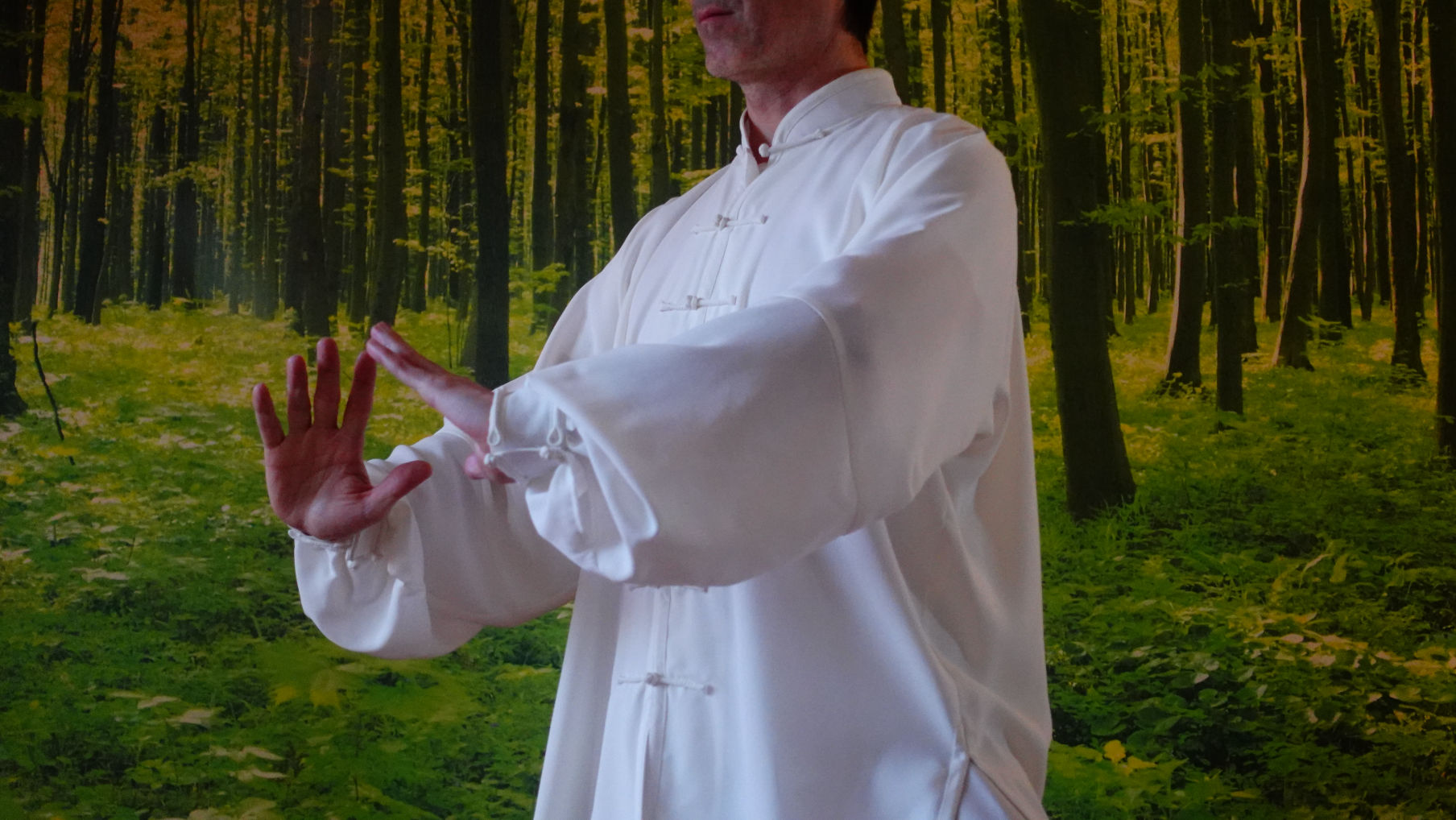

The Chinese culture has always been characterized by a “circular” vision of synthesis, by which the study of life and nature phenomena is not sectorial, but every single aspect of knowledge is part of a totality. Philosophy, literature, calligraphy, medicine, martial arts, are someway always connected, and have always some or many aspects in common.
Especially the Tai Ji Quan has been very influenced, and it has influenced in its turn with its development, both the Taoist philosophy and the traditional Chinese medicine.
The essential concepts that are the grounds of the Tai Ji Quan study, that are the “Qi” ( translatable as “vital breath” “breath”, “energy”) and the continuous alternation of “Yin” (female principle, passive, receptive, soft, comfortable, obscure, negative) and the “Yang” (male principle, active, strong, luminous, shining, positive) in life and movement, come from the Taoism and are the cornerstones of the traditional Chinese medicine. According to these two principles (Qi and Yin-Yang) the existence and the health of every living being comes from the state of his “Qi”, from the manner in which one’s energy flows, that depends in its turn from a right equilibrium and from the integration of the two energy poles of Yin and Yang inside one’s body.
In TCM (Traditional Chinese Medicine) the energy inside the body is studied with great attention and also in relation to the external environment in which we live, and over the centuries has led to the birth of various practices, including physical, postural and respirators, such as Qi Gong (Chi Kung) and Tai Ji Quan, which mainly serve to increase our state of vital energy and teach us to control its flow.
Seguimi